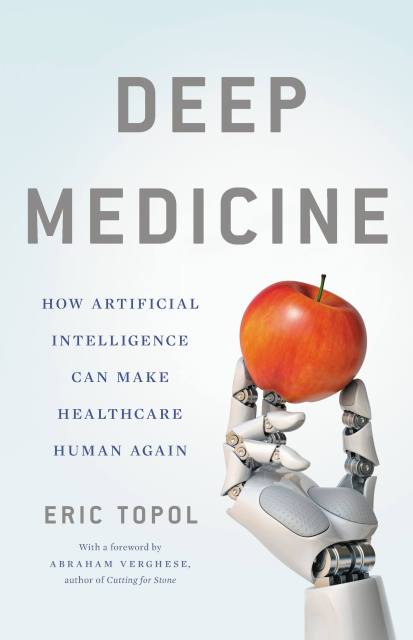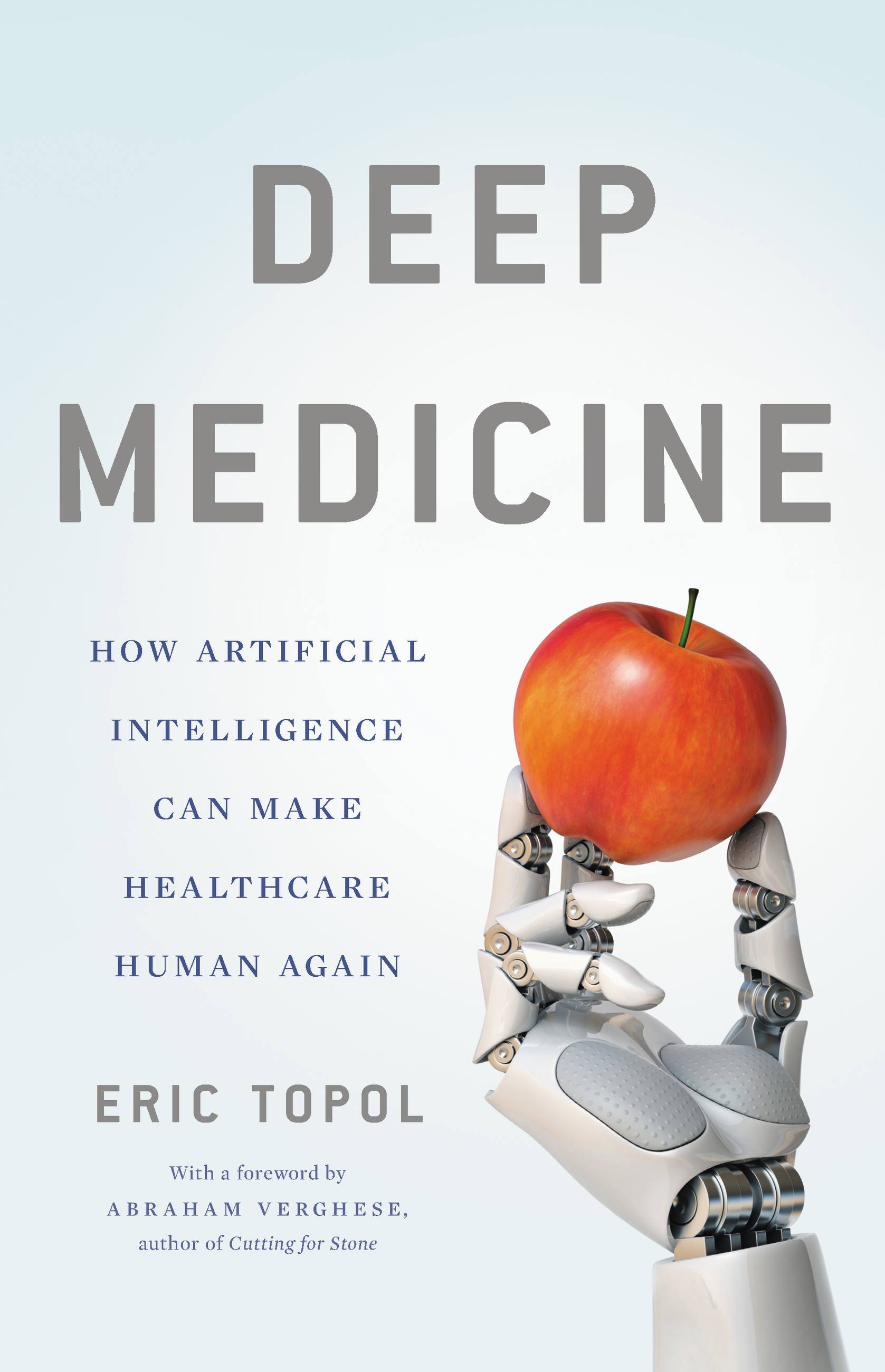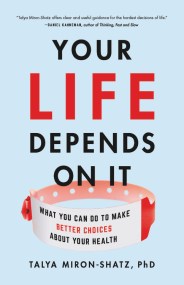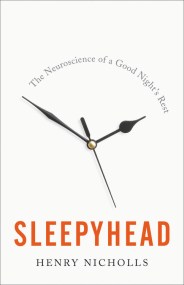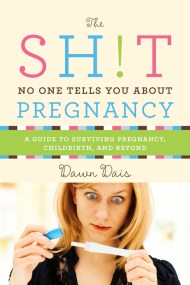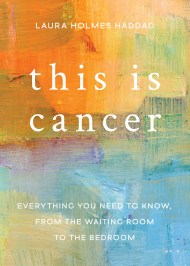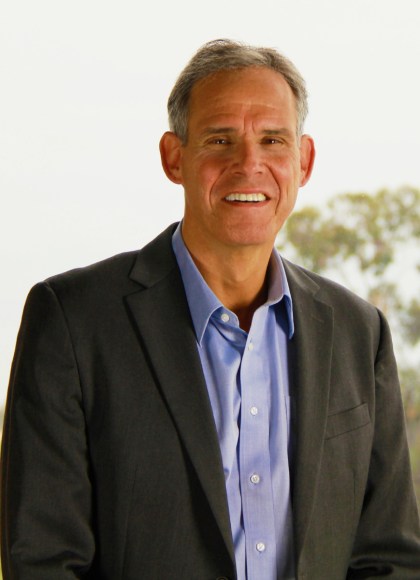Promotion
Use code MOM24 for 20% off site wide + free shipping over $45
Deep Medicine
How Artificial Intelligence Can Make Healthcare Human Again
Contributors
Formats and Prices
Price
$17.99Price
$22.99 CADFormat
Format:
- ebook $17.99 $22.99 CAD
- Hardcover $32.50 $41.00 CAD
This item is a preorder. Your payment method will be charged immediately, and the product is expected to ship on or around March 12, 2019. This date is subject to change due to shipping delays beyond our control.
Also available from:
A Science Friday pick for book of the year, 2019
One of America’s top doctors reveals how AI will empower physicians and revolutionize patient care
Medicine has become inhuman, to disastrous effect. The doctor-patient relationship–the heart of medicine–is broken: doctors are too distracted and overwhelmed to truly connect with their patients, and medical errors and misdiagnoses abound. In Deep Medicine, leading physician Eric Topol reveals how artificial intelligence can help. AI has the potential to transform everything doctors do, from notetaking and medical scans to diagnosis and treatment, greatly cutting down the cost of medicine and reducing human mortality. By freeing physicians from the tasks that interfere with human connection, AI will create space for the real healing that takes place between a doctor who can listen and a patient who needs to be heard.
Innovative, provocative, and hopeful, Deep Medicine shows us how the awesome power of AI can make medicine better, for all the humans involved.
Genre:
- On Sale
- Mar 12, 2019
- Page Count
- 400 pages
- Publisher
- Basic Books
- ISBN-13
- 9781541644649
Newsletter Signup
By clicking ‘Sign Up,’ I acknowledge that I have read and agree to Hachette Book Group’s Privacy Policy and Terms of Use
